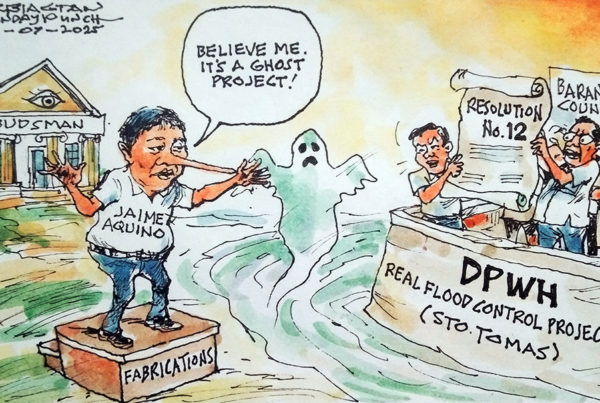Editorial
If we care enough
The death toll reported in the recent earthquake that hit China and the flooding that swallowed thousands of Myanmar citizens area grim reminder of how puny and vulnerable man is when faced with the wrath of nature.
Close to home, the fury of Typhoon Cosme has told us that no amount of preparation for disaster management can forestall a deathly calamity. However, for each disaster that strikes, there are lessons that ought to be learned for a more effective disaster management. But more than studying what new tactics can be employed for real time disaster management, more efforts and time be exerted to focus on casualty prevention.
By casualty prevention, we mean doing the right thing from the very beginning, at the right time.
Government planners should assess hazards posed by living beside creeks and riverside, and subsequently instruct residents how to detect danger signs that should compel them to evacuate to safer grounds.
Why not have certified First Aid teams trained in handling various illnesses in emergency situations in each barangay? Given the barangays’ access to more funds, thanks to their annual Internal Revenue Allotment, the barangays are in a position not only to fund the regular training of the teams but to equip them as well.
There is also something to gain if only local governments would consider opportunities working with children (even in pre-school ages) in day care centers in barangays. The kids ought to be taught where they should not venture swimming at any time, what are considered dangerous places at night and during calamities, and how they can help make themselves safe while playing.
The fire department and volunteer fire teams would also do well to add another orientation to their existence. Why can’t they be trained to function as rescue squads trained to respond to emergency situations that work with our hospitals? Only they have the manpower, the mobility and yes, the ladder to reach others in high places. (It is this operational capability of American fire stations that endear them to their communities).
There are endless opportunities for casualty prevention but unless we learn the discipline to spend more time and effort preparing when all’s well, it’s not likely that we will succeed in this endeavor.
Casualties can be avoided but only if we care enough.










